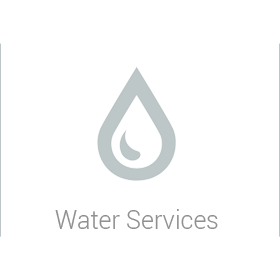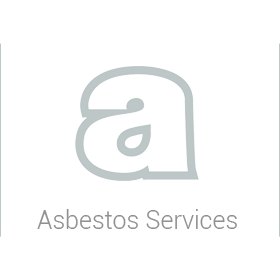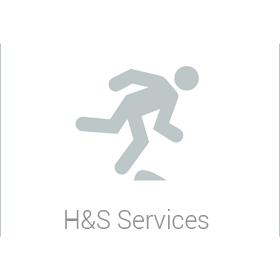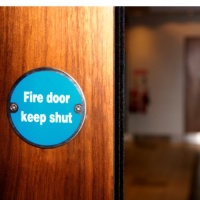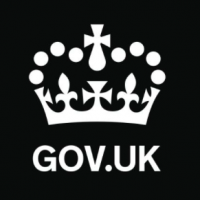
Smoke ventilation and extraction systems play a vital role in a fire emergency. They prevent a build-up of smoke, heat and toxic gases, prolonging the tenability of the escape and rescue routes and increasing the time available for building occupants to escape, potentially saving lives.
The requirement to install automatic opening windows and vents for smoke ventilation is usually driven by Building Regulations, specifically Approved Document B.
The Regulatory Reform (Fire Safety) Order 2005 places a duty on the Responsible Person to maintain and service all fire safety systems. Recommendations and requirements for the maintenance and servicing regimes of smoke control systems are set out in current British Standards BS7346: Part 1, 1990, BS9999:2017, and BS-EN 12101. Following the guidance set out in the standards will demonstrate due diligence, although variations to the recommendations may be acceptable where they are justified by a risk assessment.
For example - On large multi-zone installations it might be acceptable, with agreement from the relevant authorities, to rotate the equipment tested so that a syatem is tested every week and individual items are operated at intervals of no more than three months.
Smoke Ventilation & Extraction System Testing
Weekly testing is recommended for smoke control systems that are required for means of escape. We offer a regular testing regime that simulates actuation of the system once a week ensuring that any fans and powered exhaust ventilators operate correctly, smoke dampers close (or open in some systems), natural exhaust ventilators open, automatic smoke curtains move into position and any other auxiliary devices operate correctly. Emergency power supplies (and systems that are not required for means of escape) should be tested monthly.
After actuation, the panel would be silenced and reset according to the procedures established at the initial fire safety system audit. Any faults would be recorded in the on-site log book and test reporting sheet.
Clear Reports & Records
Clear testing information would be distributed to you through monthly electronic reports with serious faults reported on the day they are identified. Inspection records are also held off-site so that you can call upon them in the event of a significant incident.
Smoke Ventilation & Extraction System Maintenance
In addition to regular testing, your smoke ventilation and extraction systems should also be regularly serviced to keep all components in full working order and ensure correct functioning in a fire emergency. Regular maintenance also helps extend the life cycle of your equipment, reducing long term cost whilst ensuring that you meet legal compliance requirements.
The recommended frequency of servicing varies dependent upon the type of system on site, however as a minimum, maintenance should be carried out annually.
We offer planned preventative maintenance regimes carried out by trained, competent engineers in line with the requirements of the relevant British Standards
During the site visit, the construction, fixings and all mechanical and electrical components will be checked, cleaned and adjusted as appropriate, and any necessary repairs identified. Any damage, wear, breakage or failure would be reported back to you and any remedial actions agreed.
Where possible and subject to part availability, we are happy to carry out any required repairs up to a pre-authorised repair allowance, during our scheduled maintenance visit. This will reduce the need for additional visits and their associated costs.
Find out More
If you have any questions, please give us a call. We will be happy to discuss your smoke ventilation and extraction system requirements and how a testing and maintenance regime can be implemented as quickly and smoothly as possible. Please call us on 0845 058 9999 for further details and advice.
If you have an emergency lighting system at your property it must be routinely maintained to keep it in good working order. There are penalties for non-compliance.
A six monthly or annual service is recommended, during which the annual battery drain is conducted as per British Standard BS5266.
Emergency Light Maintenance from Metro Safety
We service your emergency lighting units over a twelve-month period, usually carried out in 1 or 2 visits. Our engineers are experienced in both maintaining emergency lights and fire safety, so you can be confident all your equipment is maintained to the relevant British Standard.
As with all Metro Safety maintenance routines, we provide experienced specialist engineers on a nationwide basis, available through a 24-hour helpdesk.
I have found Metro Safety to be extremely professional and helpful.
Emergency Callout Service
Should an urgent problem arise, our maintenance clients have access to our nationwide emergency callout service 365 days per year. At any time of the day or night, engineer phone support is only 15 minutes away and site response times in most instances are under 2 hours.
Cost-Effective
Efficiency is imperative in keeping costs to a minimum. Our pre-authorised service spend can ensure minor works are carried out whilst the engineer is on site, reducing the need for return visits and minimising the cost to our clients.
Nationwide Service
We have locally based engineers who can help with any property across mainland UK.
Next Steps
Our qualified team of professionals are on hand to answer any questions you may have about our Emergency Light Maintenance service. Please contact our Customer Service Team on 0845 058 9999 for free advice and a quotation.
Fire doors form a critical element of a buildings overall fire safety arrangements. They restrict the spread of fire and smoke, which helps keep escape routes safe and passable for occupants and responding firefighters alike, but they can only do this if they are in good working order and free from any significant damage or wear & tear.
The Fire Safety Order 2005 and the Fire Safety Act 2021 place a duty on Responsible Persons to carry out routine fire door checks, and while these checks don’t require any specialist skills, those carrying out the checks need to know what is acceptable and what constitutes a significant failing.
The frequency of inspections depends on the building’s height and occupancy type. For example, fire doors in the common parts of residential buildings, that are eleven meters or more in height, need to be checked on a quarterly basis, while the entrance doors to the flats should be checked annually.
Fire doors in other types of building also need to be checked regularly, but not necessarily as often.
Competency of Inspectors
Our fire door inspectors are trained to a level that is commensurate with the type of inspection tasks that they are required to undertake, and the responsibilities placed on them as competent persons under article 18. (1) of the fire safety order 2005. So, our inspectors who carry out fire door compliance audits against current standards (which is a much more rigorous inspection than is required under legislative requirements), all hold the Fire Door Inspection Scheme (FDIS) National diploma.
Reporting
The output from our inspections is a digitized report, listing the doors that were inspected and the findings of each inspection. This can be added to the buildings fire safety log and used to demonstrate due diligence and compliance with legislative requirements.
Remedial Works
We are able to provide a quotation to undertake any maintenance works necessary to bring your failed fire doors back to required standards. This applies not only to failings detailed in our inspection reports but also those highlighted by your existing fire risk assessment.
- 1
- 2








